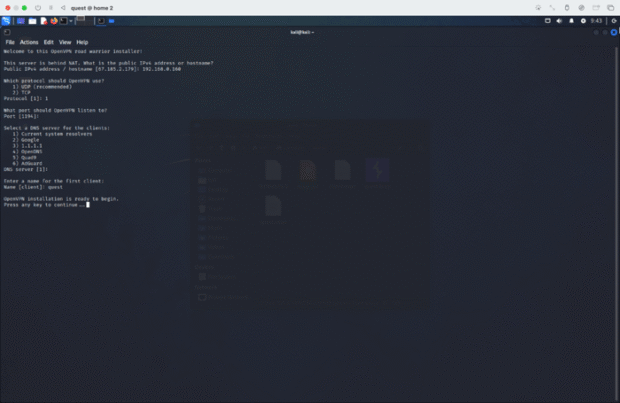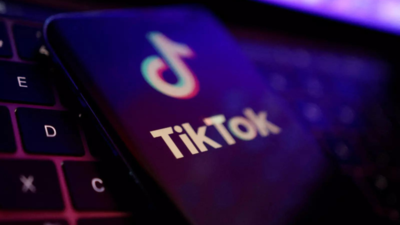
Discovering the iPhone 17 Pro Max: Apple’s Latest Flagship
The iPhone 17 Pro Max, Apple’s latest flagship smartphone, is making waves in the tech world with its innovative features, sleek design, and impressive performance. Launched in September 2023, this device showcases Apple’s commitment to pushing the boundaries of mobile technology. Let’s delve into what makes the iPhone 17 Pro Max a must-have for tech enthusiasts and everyday users alike.
Cutting-Edge Design
Apple continues its tradition of elegance with the iPhone 17 Pro Max. Featuring a stunning titanium frame, the phone is both lightweight and durable. The Ceramic Shield front cover ensures better drop performance, while the rear glass provides a premium feel. Available in various colors, including Black Titanium, Blue Titanium, and Natural Titanium, it offers users a chance to express their personal style.
Display: An Immersive Experience
The iPhone 17 Pro Max boasts a 6.7-inch Super Retina XDR display that offers vibrant colors and deep blacks. With ProMotion technology, users can enjoy a smoother scrolling experience with a 120Hz refresh rate. The display also supports HDR10 and Dolby Vision, making it perfect for streaming high-quality content and gaming.
Powerful Performance
At the heart of the iPhone 17 Pro Max is the A17 Pro chip, which Apple claims is its most powerful processor yet. This chip is built on a 3nm architecture, allowing for faster processing speeds and improved energy efficiency. Whether you’re multitasking, gaming, or using demanding applications, the A17 Pro ensures smooth performance.
Camera Innovations
The camera system on the iPhone 17 Pro Max is nothing short of revolutionary. It features a triple-lens setup, including a 48MP main sensor, a 12MP ultra-wide lens, and a 12MP telephoto lens with 5x optical zoom. The improved Night mode and Photonic Engine technology allow for stunning low-light photography, while the introduction of ProRAW and ProRes video recording gives professionals more control over their creative process.
Battery Life and Charging
Apple has also improved battery life with the iPhone 17 Pro Max, offering up to 29 hours of talk time. The device supports 15W MagSafe and 20W wired charging, ensuring that you can quickly get back to using your phone without long waiting periods.
Software Experience
Running on iOS 17, the iPhone 17 Pro Max offers a host of new features and improvements. Enhanced widgets, Focus modes, and a revamped Messages app provide a more personalized and efficient user experience. Apple’s commitment to privacy remains a cornerstone of its software philosophy, ensuring that user data is protected.
Conclusion
The iPhone 17 Pro Max is a testament to Apple’s innovation and dedication to quality. With its striking design, powerful performance, and advanced camera capabilities, it is poised to be one of the most sought-after smartphones of 2023. Whether you’re an avid photographer, a mobile gamer, or someone who simply wants a reliable device, the iPhone 17 Pro Max stands out as an excellent choice.









